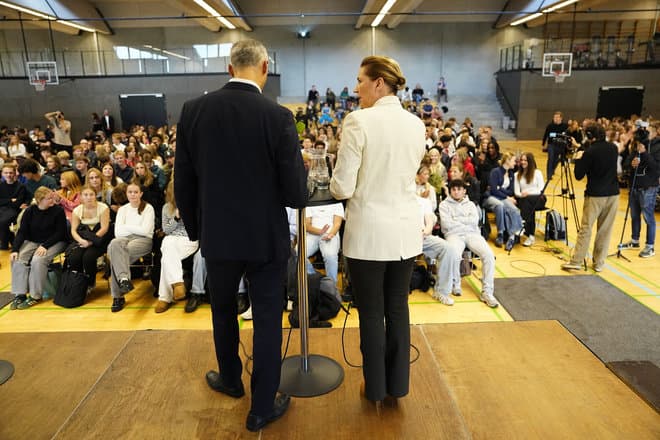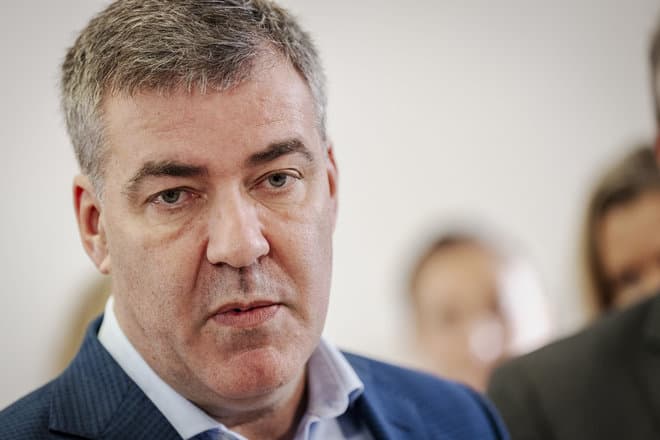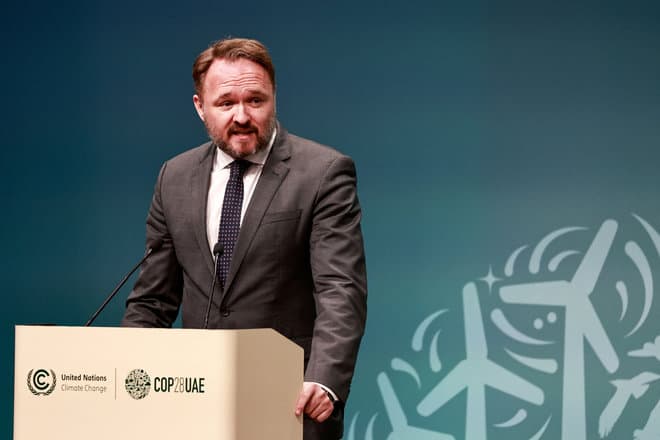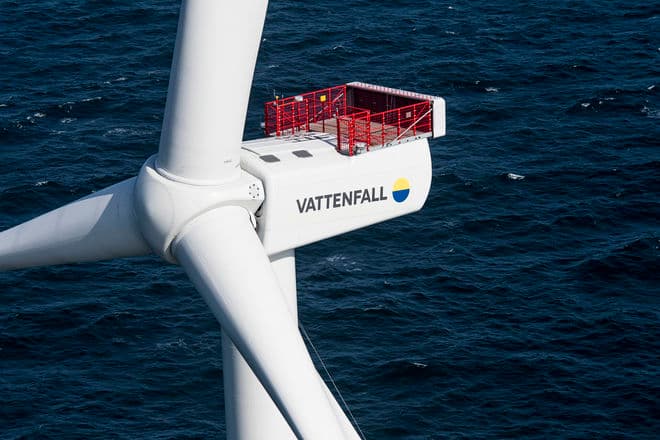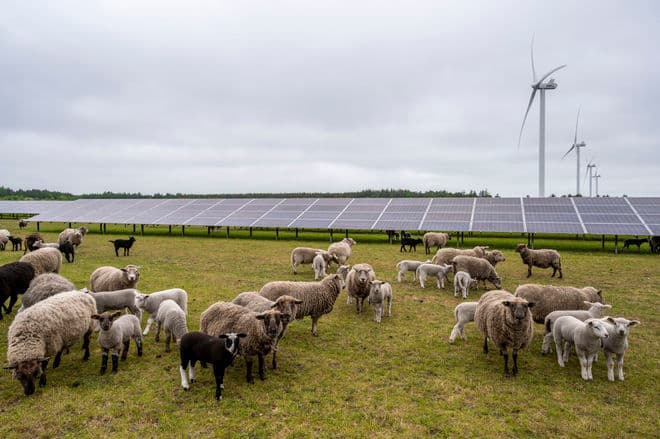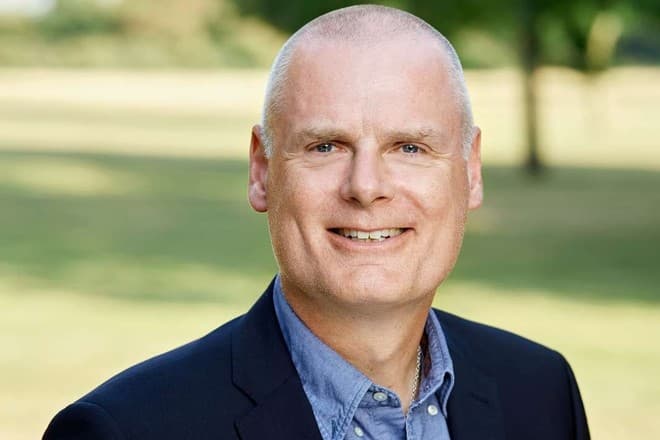
Since modern wind turbines began appearing some 40 years ago, thousands of turbines have been installed and contributed to a greener energy system. But as turbines reach the end of their operational lives, the sector faces mounting volumes of potential waste.
While the industry has made major strides in recycling, full circularity remains out of reach – particularly when it comes to blades and other composite components that are not easily recyclable.
As a result, many decommissioned blades have ended up in landfill – casting a shadow over the otherwise green sector. This is a practice that Green Power Denmark hopes will soon be banned.
- We had hoped that a landfill ban would be introduced this year, but it hasn’t happened yet. Now we hope it will come soon, says Lea Bigom Wichmand, Head of Industry, Innovation and Export at Green Power Denmark.
Countries like Germany, the Netherlands, Austria and Finland have already introduced a ban, but Green Power Denmark insists that the initiative must come from the EU, to avoid distorting competition.
Lea Bigom Wichmand stresses that no single actor carries the responsibility for reaching full recyclability.
- Owners must ensure that blades are properly handled, and manufacturers must develop solutions to reuse or recycle them. That responsibility lies with everyone, says Lea Bigom Wichmand.
Crucial tipping point
According to the European industry association WindEurope, some 66,000 tonnes of turbine blades will reach end-of-life in 2025 across Europe. By 2040, that figure is expected to grow to approximately 100,000 tonnes per year.
Despite these massive quantities, Green Power Denmark is not concerned. In their view, the sector is already well on the path towards sustainable solutions.
- We’ve come a very long way. If you look at the whole turbine, about 90 percent is recycled – that’s a very high share. But there’s still a gap, and it’s the blades and composite materials that remain the challenge, says Lea Bigom Wichmand.
According to Lea Bigom Wichmand, the relatively short history of the wind industry is a key reason why a complete recycling solution has yet to emerge for the last ten percent of the turbine.
- The industry is still relatively young, and turbines need to reach a certain age before they are decommissioned – so the issue is only now becoming fully visible, she says before adding:
- But all manufacturers are working on ways to recycle and reuse blades. So even though the blades are the hardest part, I believe we are making progress.
She adds that only once demand for blade recycling grew sufficiently did it become viable to develop a dedicated industry to manage the final percentage of waste.
- The biggest challenge is to ensure there’s enough material. For example, if blades are to be used in cement production, there needs to be a steady supply of them.
Now, with tens of thousands of tonnes expected in the coming years, that critical mass has been reached, Lea Bigom Wichmand concludes.
Optimism for the future
Turbine manufacturers have been working to solve the recycling challenge for years. In recent years, several initiatives have emerged across the industry.
Lea Bigom Wichmand highlights the industry-wide collaboration DecomBlades.
- They offer a practical solution that can be used today when decommissioning a turbine. The more advanced methods are interesting but still a few years away, she says.
In addition to major blade manufacturers LM Wind Power, Vestas Wind Systems A/S, Siemens Gamesa Renewable Energy, DecomBlades includes Ørsted, FLSmidth, Makeen Energy, HJ Hansen Recycling, University of Southern Denmark (SDU), and Technical University of Denmark (DTU). The initiative was named Innovation Project of the Year 2025 by Energy Cluster Denmark.
Such projects and partnerships give Lea Bigom Wichmand reason for optimism.
- It’s probably too early to say that all blades can be chemically dissolved by 2030. But by 2040 and 2050, we should expect that turbines being installed are designed for recyclability – either through new technologies or by using existing options such as cement production, she says.
Lea Bigom Wichmand therefore insists that she is an optimist, even in the face of tens of thousands of tonnes of future blade waste. Still, she is being a realist looking at new technology and solutions, not miracles.
- You should always be cautious about claiming that we can reach 100 percent recyclability, because there might be some small element that simply cannot be recycled. However, I do believe we can get very close, says Lea Bigom Wichmand.
This article was first printet i our magazine DOI 2026.
Text, graphics, images, sound, and other content on this website are protected under copyright law. DK Medier reserves all rights to the content, including the right to exploit the content for the purpose of text and data mining, cf. Section 11b of the Copyright Act and Article 4 of the DSM Directive.
Customers with IP agreements/major customer agreements may only share Danish Offshore Industry articles internally for the purpose of handling specific cases. Sharing in connection with specific cases refers to journaling, archiving, or similar uses.
Customers with a personal subscription/login may not share Danish Offshore Industry articles with individuals who do not themselves have a personal subscription to Danish Offshore Industry.
Any deviation from the above requires written consent from DK Medier.













